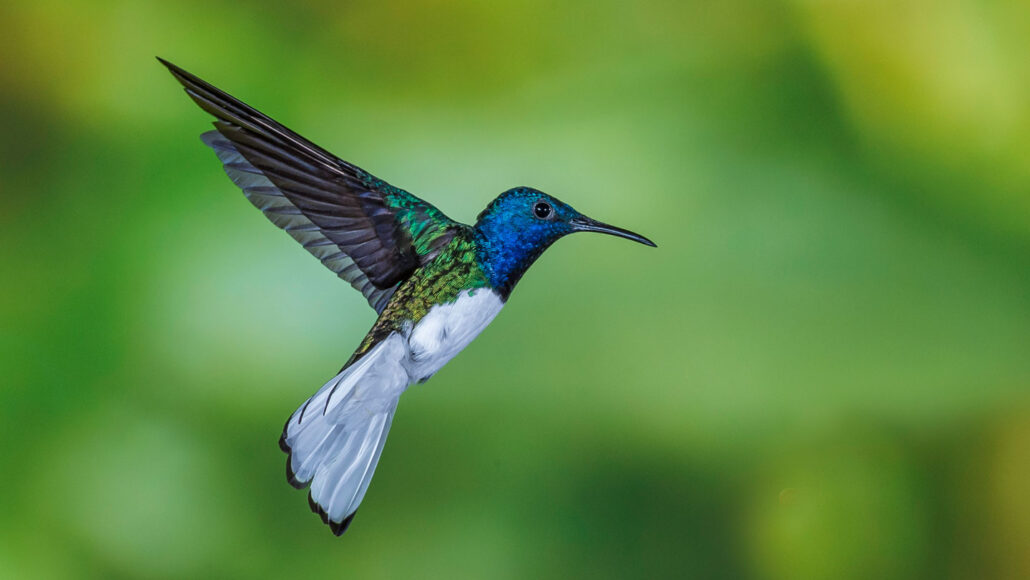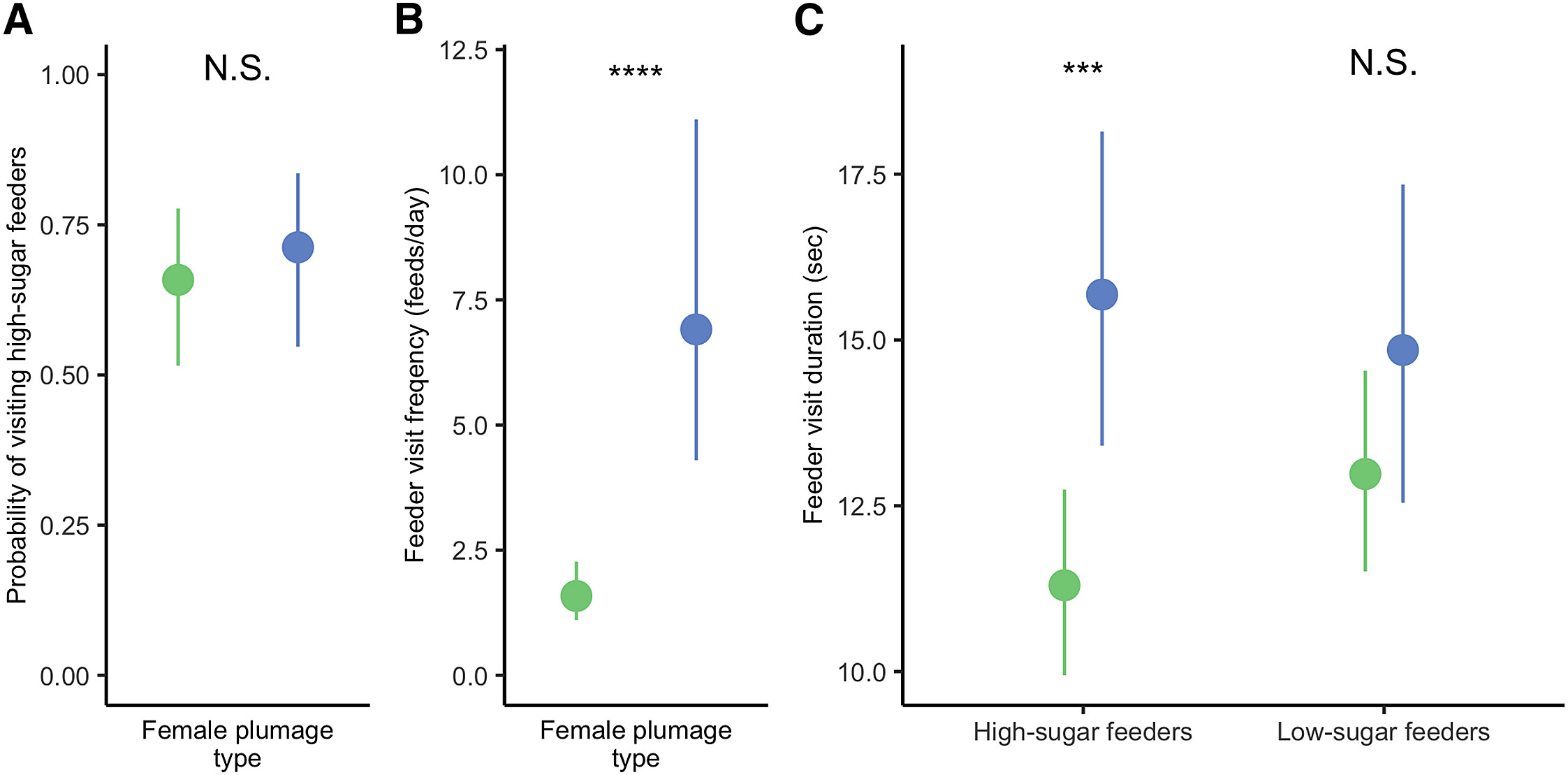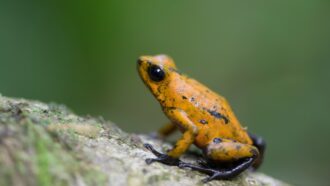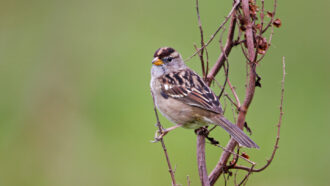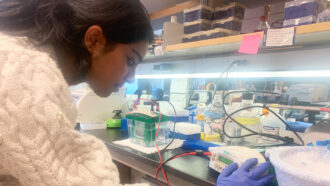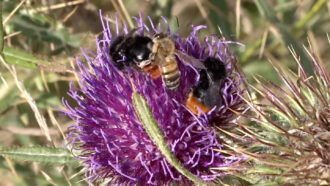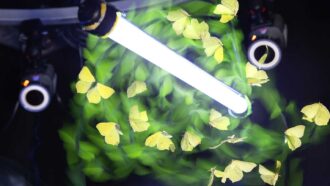aggressive: (n. aggressiveness) Quick to fight or argue, or forceful in making efforts to succeed or win.
attention: The phenomenon of focusing mental resources on a specific object or event.
biologist: A scientist involved in the study of living things.
birds: Warm-blooded animals with wings that first showed up during the time of the dinosaurs. Birds are jacketed in feathers and produce young from the eggs they deposit in some sort of nest. Most birds fly, but throughout history there have been the occasional species that don’t.
bullying: (v. to bully) A group of repeated behaviors that are mean-spirited. They can include teasing, spreading rumors about someone, saying hurtful things to someone and intentionally leaving someone out of groups or activities. Sometimes bullying can include attacks using violence (such as hitting), threats of violence, yelling at someone or abusing someone with violent language. Much bullying takes place in person. But it also may occur online, through emails or via text messages. Newer examples including making fake profiles of people on websites or posting embarrassing photos or videos on social media.
colleague: Someone who works with another; a co-worker or team member.
confidence interval: An estimated range of values — derived from a set of data — that are likely to contain the real value. This range is used to understand the amount of uncertainty in a sample of data. Confidence intervals are usually expressed in a percentage. For example, a 95 percent confidence interval means that in 95 tests out of 100, the result a scientist obtained would be within that range.
data: Facts and/or statistics collected together for analysis but not necessarily organized in a way that gives them meaning. For digital information (the type stored by computers), those data typically are numbers stored in a binary code, portrayed as strings of zeros and ones.
error: (In statistics) The non-deterministic (random) part of the relationship between two or more variables.
evolutionary: An adjective that refers to changes that occur within a species over time as it adapts to its environment. Such evolutionary changes usually reflect genetic variation and natural selection, which leave a new type of organism better suited for its environment than its ancestors. The newer type is not necessarily more “advanced,” just better adapted to the conditions in which it developed.
evolutionary biologist: Someone who studies the adaptive processes that have led to the diversity of life on Earth. These scientists can study many different subjects, including the microbiology and genetics of living organisms, how species change to adapt, and the fossil record (to assess how various ancient species are related to each other and to modern-day relatives).
evolve: (adj. evolving) To change gradually over generations, or a long period of time. In living organisms, such an evolution usually involves random changes to genes that will then be passed along to an individual’s offspring. These can lead to new traits, such as altered coloration, new susceptibility to disease or protection from it, or different shaped features (such as legs, antennae, toes or internal organs). Nonliving things may also be described as evolving if they change over time. For instance, the miniaturization of computers is sometimes described as these devices evolving to smaller, more complex devices.
frequency: The number of times some periodic phenomenon occurs within a specified time interval. (In physics) The number of wavelengths that occurs over a particular interval of time.
nectar: A sugary fluid secreted by plants, especially by flowers. It encourages pollination by insects and other animals. It is collected by bees to make into honey.
ornithology: The scientific study of birds. Experts who work in this field are known as ornithologists.
radar: A system for calculating the position, distance or other important characteristic of a distant object. It works by sending out periodic radio waves that bounce off of the object and then measuring how long it takes that bounced signal to return. Radar can detect moving objects, like airplanes. It also can be used to map the shape of land — even land covered by ice.
range: The full extent or distribution of something. For instance, a plant or animal’s range is the area over which it naturally exists. (in math or for measurements) The extent to which variation in values is possible. Also, the distance within which something can be reached or perceived.
species: A group of similar organisms capable of producing offspring that can survive and reproduce.
tag: (in conservation science) To attach some rugged band or package of instruments onto an animal. Sometimes the tag is used to give each individual a unique identification number. Once attached to the leg, ear or other part of the body of a critter, it can effectively become the animal’s “name.” In some instances, a tag can collect information from the environment around the animal as well. This helps scientists understand both the environment and the animal’s role within it.
